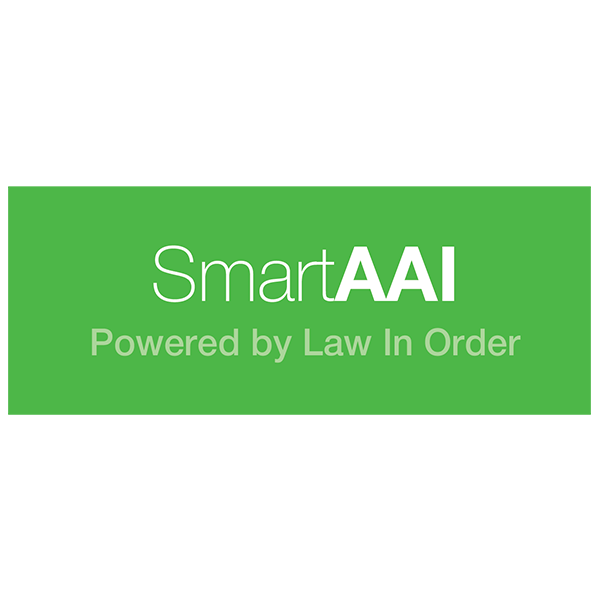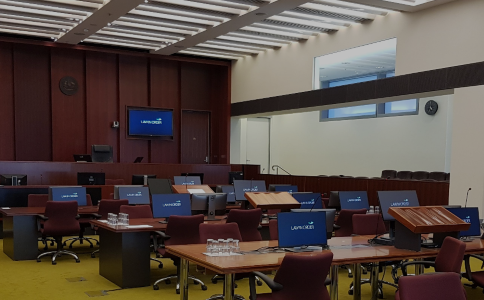Technology is changing the way justice is delivered, and virtual hearings are one of the most visible signs of that shift. Whether you’re working on a complex tribunal, an arbitration, or a court matter, there’s a growing expectation that at least part of the process will take place online.
But for many, the idea of a virtual hearing still raises questions. How does it work in practice? Who’s involved, and what systems are required behind the scenes?
In this blog, we explore how virtual hearings operate, what makes them successful, and why thoughtful design is essential.
The Evolving Hearing Environment
Virtual hearings allow people to participate in legal proceedings without being physically present in a courtroom. That doesn’t mean simply logging into a video call for a properly run hearing involves secure systems for evidence management, defined protocols for access, and the ability to maintain courtroom decorum, even in a digital setting.
At Law In Order, we often work with courts and legal teams to design environments that support this shift. The goal isn’t just remote access; it’s about ensuring fairness, transparency, and efficiency from all sides.
Beyond the Video Call
While the most visible part of a virtual hearing is usually the video link, there’s much more involved:
- Digital courtbooks enable the secure review and redaction of documents
- Evidence presentation allows all users to view the relevant material at the same time and removes tedious nature of hard-copy printed documents,systems are tailored to display materials to specific parties (such as public vs. private sessions)
- Livestreaming ensures public access in high-profile matters
- Dedicated rooms or virtual breakout spaces provide separation for media, witnesses, or vulnerable participants
- Hardware and infrastructure may still be required for hybrid hearings, connecting physical and remote rooms
When Technology Meets Legal Process
Each hearing has its own set of requirements. Some involve classified material, some require simultaneous media access, and others demand full public transparency.
We recently supported a national inquiry that needed all the above in a secure environment that could manage restricted material, connect legal teams working across different locations, and provide live access to more than 100,000 public viewers.
That example underscored the importance of planning: not just for tech setup, but for how people interact with it. Virtual hearings may be digital, but the human elements collaboration, clarity, and communication are still central
Things to Consider if You’re Planning One
If you’re preparing for a virtual hearing, here are a few things to keep in mind:
- Understand what level of access each participant needs (judicial officers, legal teams, media, public)
- Ensure evidence is reviewed and redacted in a secure, traceable way
- Plan how to manage appearances from multiple locations
- Consider accessibility for vulnerable parties or witnesses
- Factor in public interest if it’s a high-profile matter
Virtual or not, the aim is the same: to ensure that proceedings are run fairly, securely, and efficiently.
Looking Ahead
Virtual hearings are here to stay not as a replacement for the courtroom, but as an extension of it. They open the door to more flexible participation, greater transparency, and in many cases, faster outcomes.
As courts and tribunals continue to evolve, the focus will increasingly shift to how we design these environments to support justice wherever it’s being delivered.
📩 If you’d like to know more about how we support hearing design and delivery from infrastructure to systems, reach out to our eHearings team.
Manage your own Digital Hearing Book with Smartbundle Pro

















